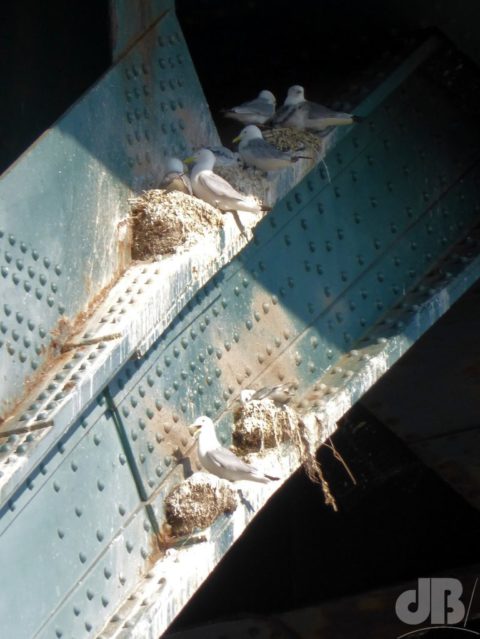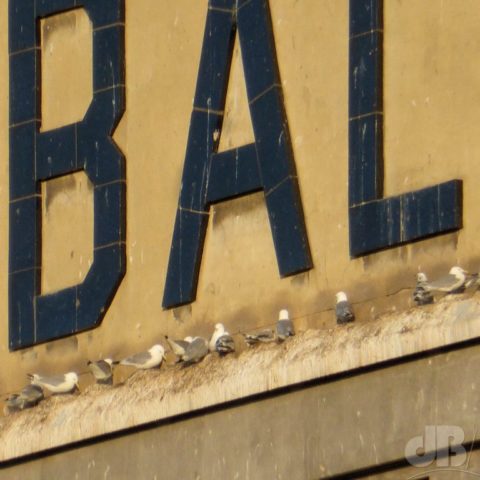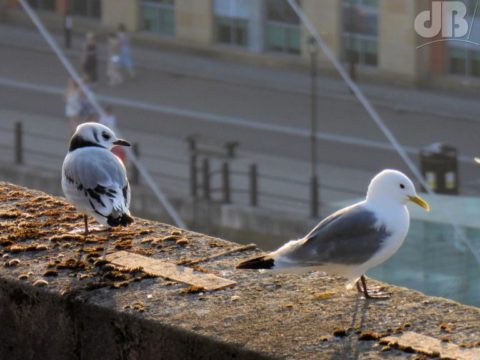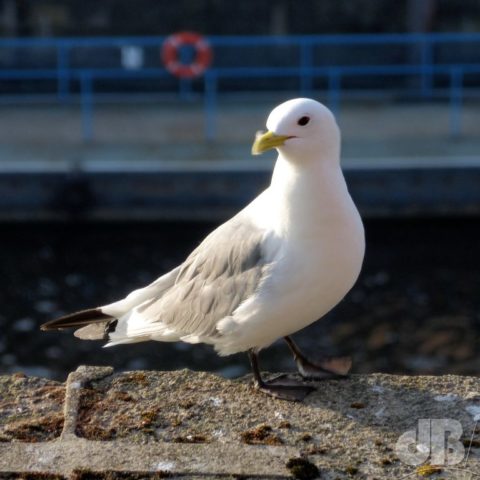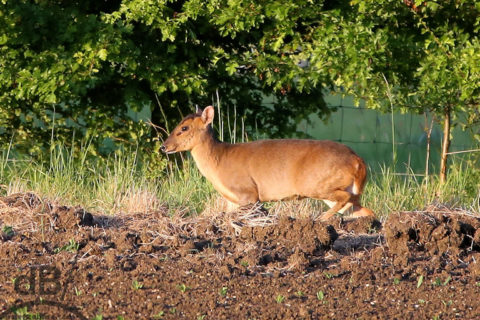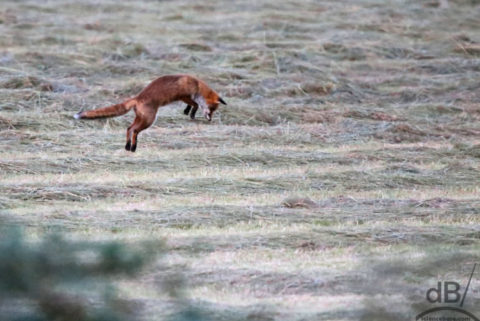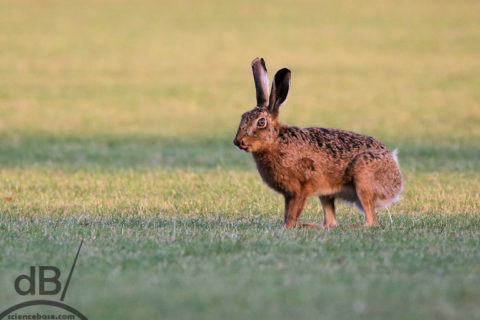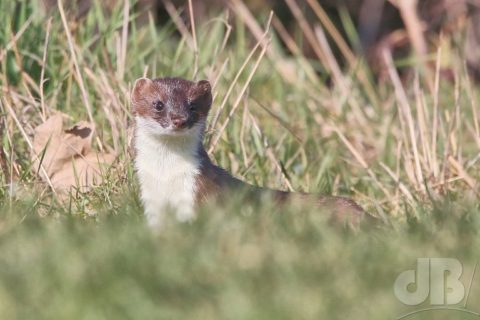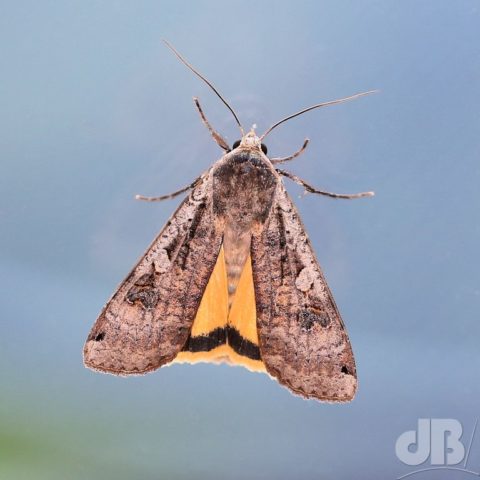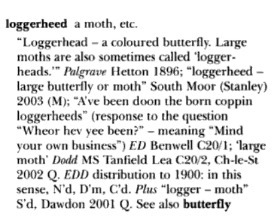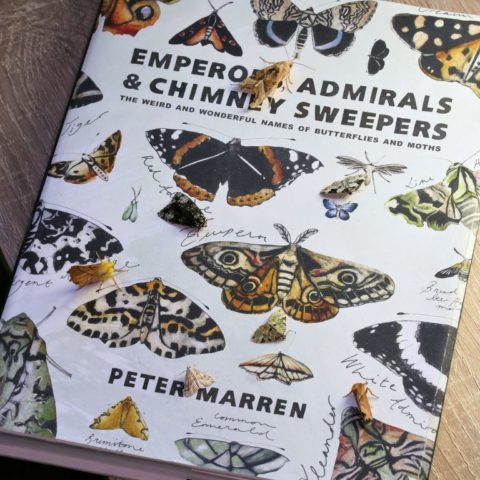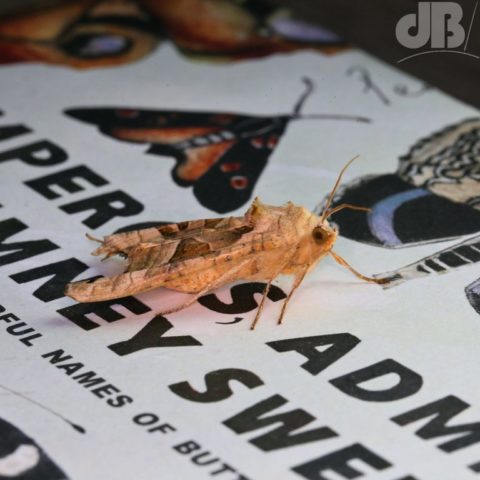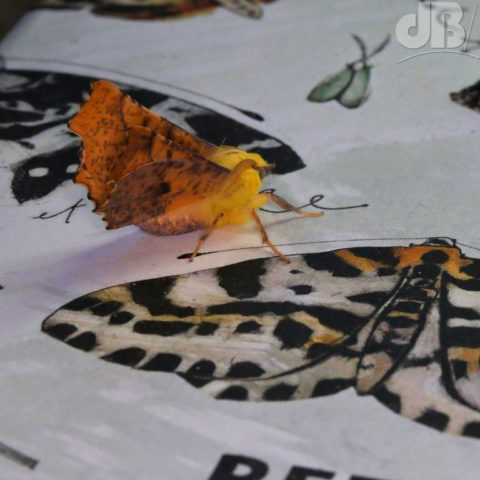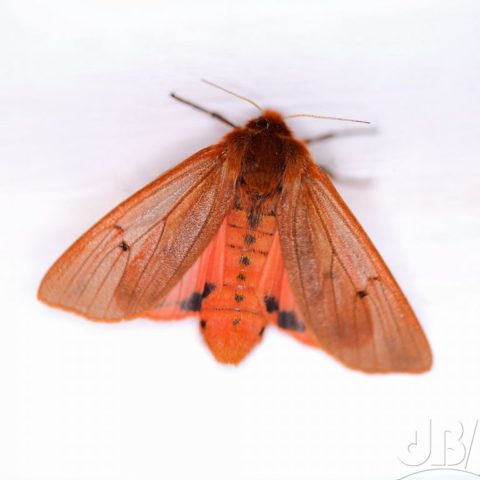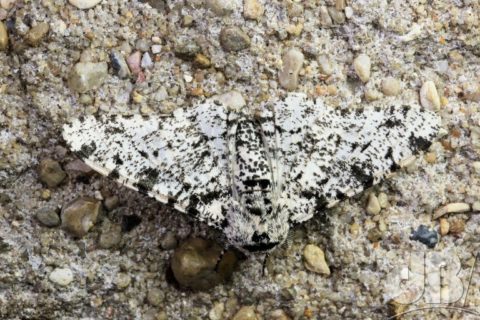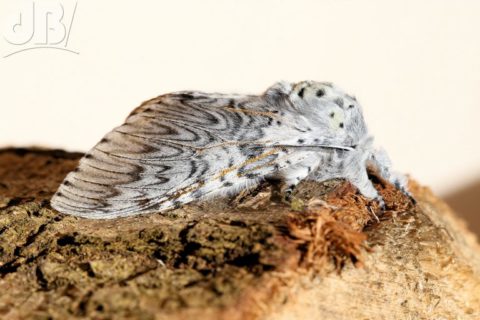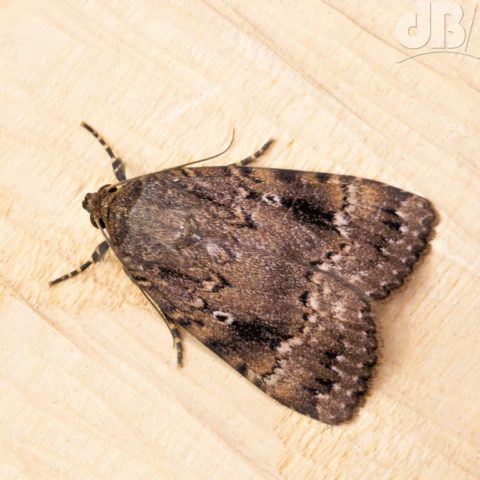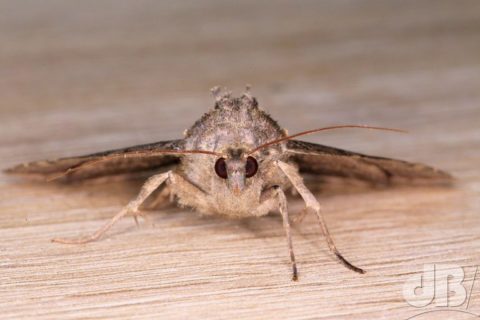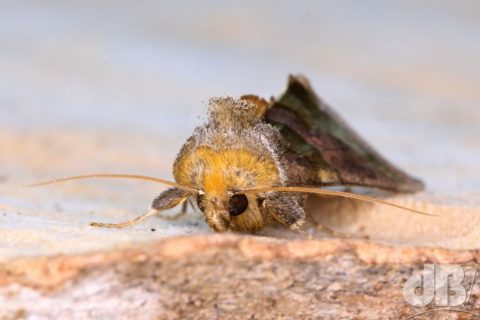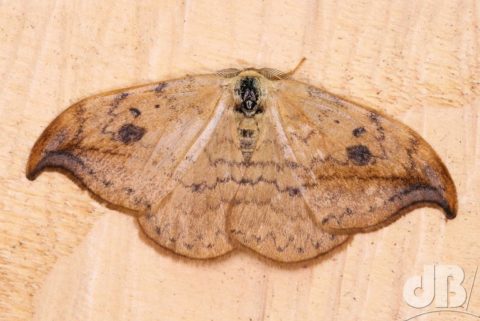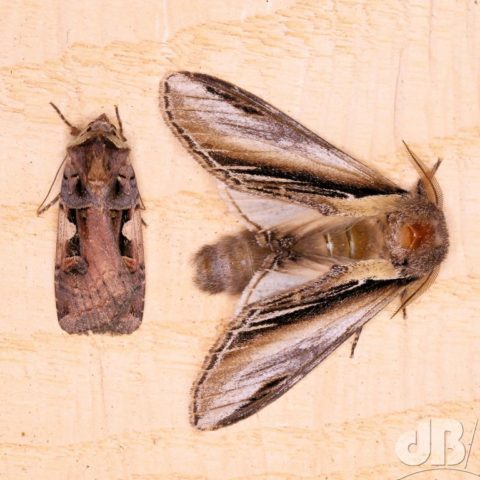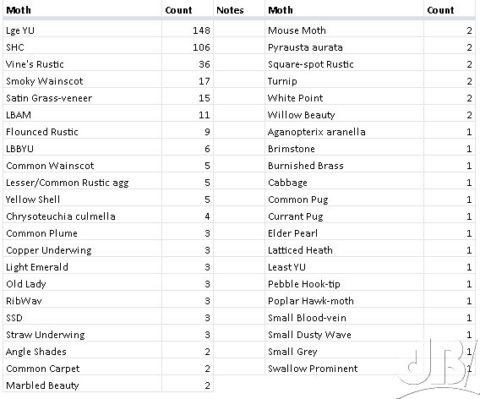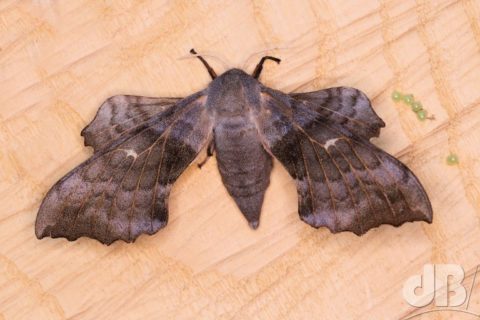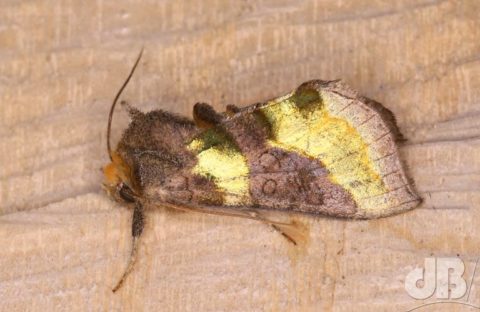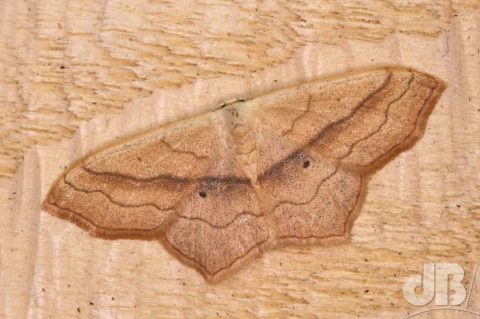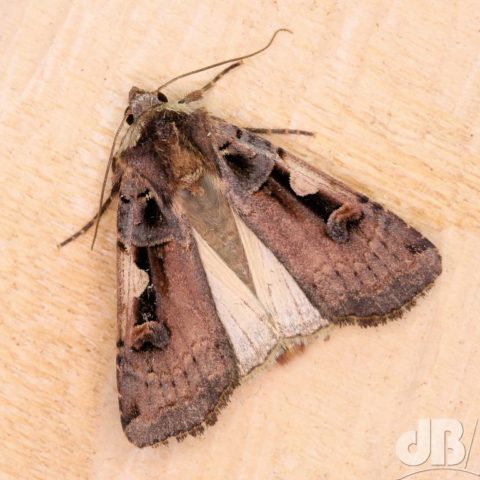Swiss researchers have looked at the pre-Brexit settlement negotiated by then UK Prime Minister David Cameron with the European Union and suggest that this was very much a missed opportunity for all parties that might have avoided the need for a referendum on the UK leaving the EU and all that ongoing problems to which that has led, despite the referendum being technically only advisory.
The voting turnout for the referendum in June 2016 was not particularly high and the result was almost equally split with a very narrow margin for the leavers rather than the remainers. Nobody was more shocked by the result than many of those who campaigned to leave other than perhaps the person who called the referendum in the first place – Cameron. He had negotiated many concessions for the UK within the EU.
The question of whether the UK should have retained its membership of the EU had vexed politicians for many years but was not particularly high on the public’s agenda despite the advent of a so-called “independence” party and the agitations of far-right, xenophobic groups with their own political agendas. Even many of the purported Eurosceptics could see the benefits of membership over the country leaving, not least avoiding the likely problem of a renewed call for Scottish independence from the UK and the issue of the border between the Republic of Ireland and the part of the UK that is Northern Ireland.
To quote Cameron:
The decision to hold a plebiscite on quitting the EU is the biggest risk taken in recent British political history.
Max de Boer of Bern Welcome and his colleagues used multi-stakeholder theory and multi-actor negotiation theory to some shed light on the negotiation process between Cameron’s government and the EU. Fundamentally, they say, “the creation of strong issue packages avoided a distributive bargain and therefore made it possible to reach an integrative bargain package based on the common interest that the negotiations are addressing European issues and not only British issues.” The negotiations were to temper the concerns of citizens regarding the politically critical and emotional topics of sovereignty and mobility. Unfortunately, the negotiations had little effect on public opinion, which was swung sufficiently towards voting to leave.
The researchers conclude with a quote from Martin Schulz, then President of the European Parliament who offered that:
"The method that 'I tell you what you have to give me so that we stay' won't work'.
There is now bitterness on all sides and at the time of writing the situation is yet to be resolved not least because the UK itself is now in complete political turmoil wherein the current Prime Minister, the second since the referendum vote, does not hold a majority nor have the confidence of parliament with regards his approach to the UK’s departure from the EU.
De Boer, M., Hausmann, N., Mendelberg, M. and Stammbach, D. (2019) ‘Cameron’s pre-Brexit settlement for the UK within the European Union: failure or missed opportunity?‘, European J. International Management, Vol. 13, No. 5, pp.662—677.



